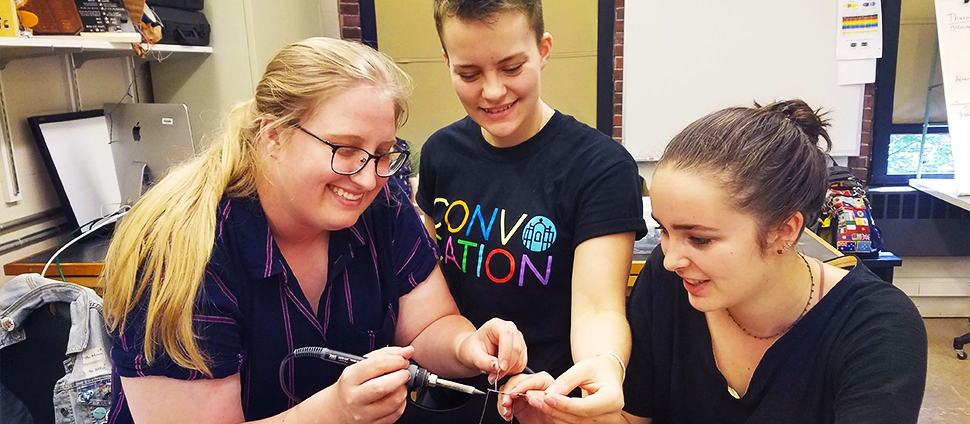Document Type
Article
Publication Date
12-1-2019
Publication Title
npj Microgravity
Abstract
Extending the understanding of Bose–Einstein condensate (BEC) physics to new geometries and topologies has a long and varied history in ultracold atomic physics. One such new geometry is that of a bubble, where a condensate would be confined to the surface of an ellipsoidal shell. Study of this geometry would give insight into new collective modes, self-interference effects, topology-dependent vortex behavior, dimensionality crossovers from thick to thin shells, and the properties of condensates pushed into the ultradilute limit. Here we propose to implement a realistic experimental framework for generating shell-geometry BEC using radiofrequency dressing of magnetically trapped samples. Such a tantalizing state of matter is inaccessible terrestrially due to the distorting effect of gravity on experimentally feasible shell potentials. The debut of an orbital BEC machine (NASA Cold Atom Laboratory, aboard the International Space Station) has enabled the operation of quantum-gas experiments in a regime of perpetual freefall, and thus has permitted the planning of microgravity shell-geometry BEC experiments. We discuss specific experimental configurations, applicable inhomogeneities and other experimental challenges, and outline potential experiments.
Volume
5
Issue
1
DOI
10.1038/s41526-019-0087-y
Version
Version of Record
Recommended Citation
Lundblad, N.; Carollo, R. A.; Lannert, Courtney; Gold, M. J.; Jiang, X.; Paseltiner, D.; Sergay, N.; and Aveline, D. C., "Shell potentials for microgravity Bose–Einstein condensates" (2019). Physics: Faculty Publications, Smith College, Northampton, MA.
https://scholarworks.smith.edu/phy_facpubs/63


